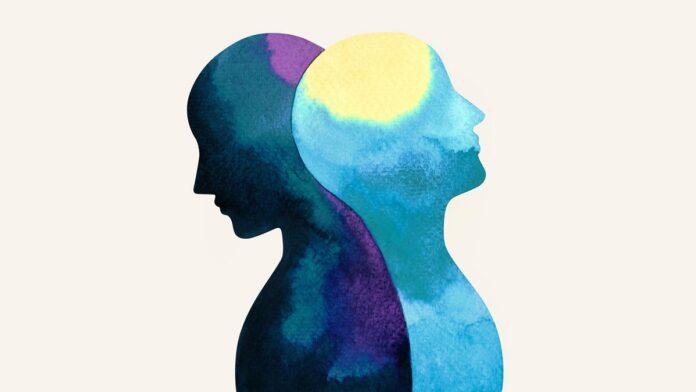Bipolar disorder is an illness which primarily affects mood. It involves a range of symptoms that can rely on the degree of which the person is affected by these symptoms. The article explains the different stages, causes and treatments for bipolar disorder in detail.
What is Bipolar Disorder?
Bipolar disorder is a mental disorder that affects people’s moods. People with bipolar disorder have episodes of mania (a high, reckless mood) and depression (a low, depressive mood). During an episode of mania, a person may be very active, have great ideas, and be unable to focus on anything else. During an episode of depression, a person may feel very tired, have little energy, and be unable to pleasure themselves.
There is no one cause of bipolar disorder, but it is thought to be caused by a combination of genes and environment. Some things that may increase your risk of developing bipolar disorder include: having a family history of the condition, being born during the winter or early spring, experiencing major life stressors (such as the death of a loved one), and experiencing recurrent episodes of depression or mania.
There is no cure for bipolar disorder, but there are treatments that can help manage symptoms. Treatment usually includes medication and therapy. Medication can help control an episode of mania or depression. Therapy can help improve mood and coping skills. There is also support available from groups such as bipolar support groups or bipolar hotlines.
Symptoms of Bipolar Disorder
Bipolar disorder is a mental health condition that affects how a person feels, thinks, and behaves. Symptoms can vary from person to person, but common symptoms include: extreme highs (mania) and lows (depression), intense feelings, racing thoughts, and changes in energy levels. If you or someone you know is struggling with bipolar disorder, you should talk to a doctor about your symptoms.
How to Manage Bipolar Disorder
If you are living with bipolar disorder, it is important to know that there are ways to manage your condition. Here are some tips:
- Keep a journal. This can be a good way to track your moods and symptoms, and can help you understand your condition better.
- Talk to your doctor. Discuss your treatment options and how they can best help you manage your bipolar disorder.
- Seek support.talking with others who have been through similar experiences can be very helpful in managing bipolar disorder.
- Take medication as prescribed by your doctor. Properly taking medication can help prevent episodes from happening, and can improve your overall health and well-being.
Treatment of Bipolar Disorder
Treatment of bipolar disorder is a long and difficult process that requires professional help. Treatment options include medication, psychotherapy, and joint treatment with other mental health disorders. Each person’s treatment plan will vary depending on their unique set of symptoms and history.
Risks of the Books
The articles on bipolar disorder in this blog section will provide you with a better understanding of the risks associated with books about bipolar disorder. This information is especially important for those who are considering reading one or more of these books. Although the information provided in this blog section should not be used as a basis for avoiding books about bipolar disorder, it may help you to make more informed decisions.
Final Note
Bipolar disorder is a mental disorder that affects the brain. It is a serious illness that requires treatment. There is no known cure for bipolar disorder, but treatment can help manage symptoms and improve your quality of life.
Bipolar disorder is caused by changes in the chemistry of the brain. The illness affects emotions, thinking, and behavior. It can range from mild to severe, and can last for years.
There are two types of bipolar disorder: mania and depression. Mania is an elevated mood that often includes feelings of happiness, euphoria, energy, and irresponsibility. Depression is a low mood that can include feelings of sadness, hopelessness, and fatigue.
People with bipolar disorder may experience a cycling pattern where they experience one or both types of bipolar disorder at different times. The Cycling Affects Depressive Symptoms (CADS) study found that up to 60% of people with bipolar disorder experience a cycle where they have alternating periods of depression and mania.




